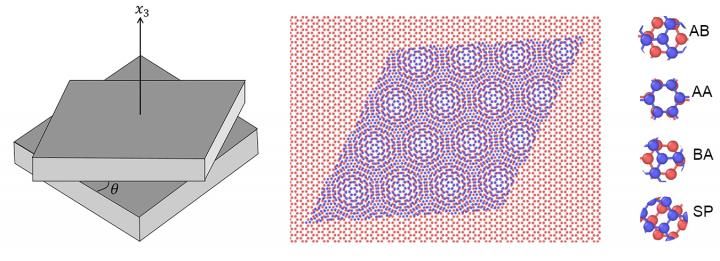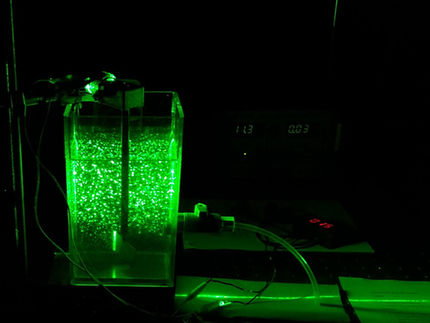Developing tech to eliminate ‘forever chemicals’ from water
Funding from DOE’s National Alliance for Water Innovation supports UIC research
Engineers at the University of Illinois Chicago have been awarded just over $1 million from the U.S. Department of Energy’s National Alliance for water Innovation to build a system that selectively removes and destroys poly- and perfluorinated substances, commonly called PFAS and referred to as “forever chemicals,” from industrial and municipal wastewaters. PFAS are man-made chemicals found in many common materials, and the grant will support the team’s work for three years.

Photo by Ryan Loughlin on Unsplash
Due to widespread use in industrial settings, fertilizers and commercial products that end up in landfills, PFAS seep into groundwater and drinking water supplies. Unfortunately, these ubiquitous “forever chemicals” do not break down in the body and are linked to harmful health effects in humans and animals. Evidence shows that at low levels the compounds can lead to high cholesterol and cancer and have effects on the reproductive and immune system and thyroid.
The UIC team, led by Brian Chaplin, professor of chemical engineering, will develop a prototype of their system and, at the end of the three-year funding, deploy it for scale-up and pilot testing in California’s Orange County Water District. In the county, frequent droughts mean that the utility is investing in new technology to increase the county’s problematic drinking water supply through water recycling and aquifer recharge.
Chaplin’s system works through a treatment process called reactive electrochemical membrane filtration. As the water passes through the REM system, adsorbents and catalysts on the membrane trap and destroy PFAS, respectively.
With the funding, the UIC team will develop, screen, characterize and optimize efficient electrocatalysts so that the system is successful at removing and, notably, destroying PFAS at high levels with low energy consumption. They will also analyze other systems for comparison and best practices in deploying the technology at a large scale in practical, real-world applications.
“While REM filtration is one of the only ways to destroy PFAS, these systems so far work best in a limited number of controlled conditions. Our challenge is to make these systems work in the environment,” Chaplin said. “When we complete this work, this new technology will be ready to be piloted in the industrial and municipal wastewater sectors, which will help us and other practitioners evaluate its impact on facilitating desalination and recycling of nontraditional water streams.”
Chaplin hopes the development of new catalyst materials will operationalize the system for successful destructive removal of PFAS in under two minutes of contact time and with a conversion rate of less than 10 kilowatt-hours per cubic meter, which is an order of magnitude lower than other destructive technologies.
“PFAS contamination is a widespread problem in our industrial society, and unless we can find successful ways to destroy these forever chemicals, the potential adverse health effects will continue to grow as the substances accumulate in the environment,” Chaplin said.
Organizations
Other news from the department science

Get the chemical industry in your inbox
By submitting this form you agree that LUMITOS AG will send you the newsletter(s) selected above by email. Your data will not be passed on to third parties. Your data will be stored and processed in accordance with our data protection regulations. LUMITOS may contact you by email for the purpose of advertising or market and opinion surveys. You can revoke your consent at any time without giving reasons to LUMITOS AG, Ernst-Augustin-Str. 2, 12489 Berlin, Germany or by e-mail at revoke@lumitos.com with effect for the future. In addition, each email contains a link to unsubscribe from the corresponding newsletter.
Most read news
More news from our other portals
Last viewed contents
Waves_in_plasmas
Sodium_benzoate
Pharmaconomist
Category:Mass_spectrometry_software
Alpha_blocker
Downhill_folding
Claudin
Redox
Trident_laser
Cathine





























































